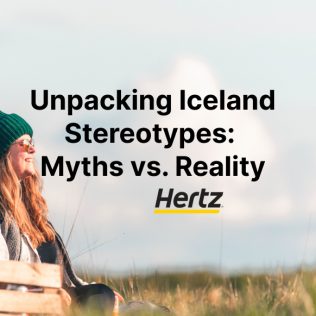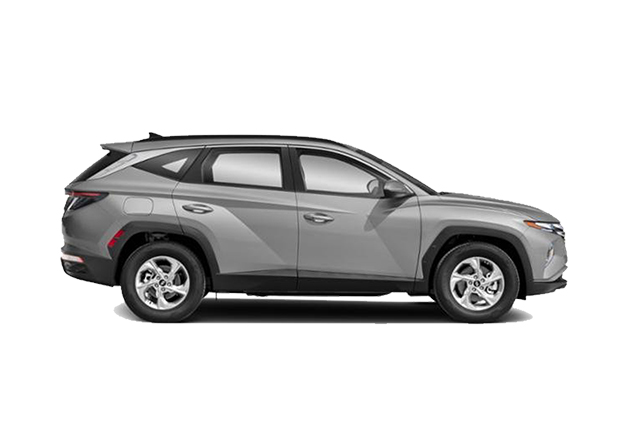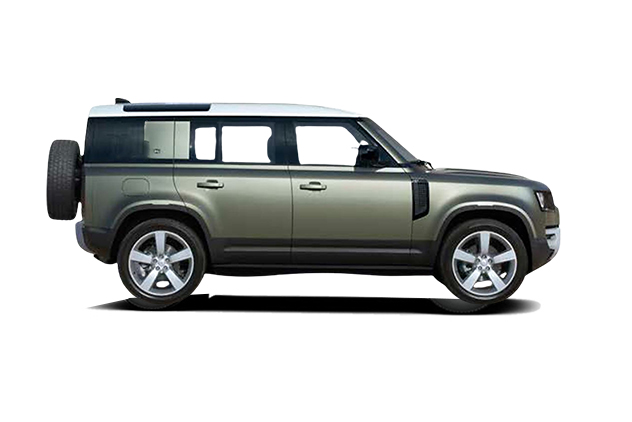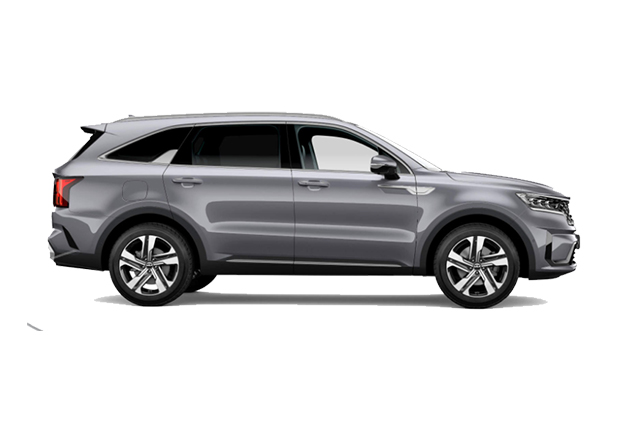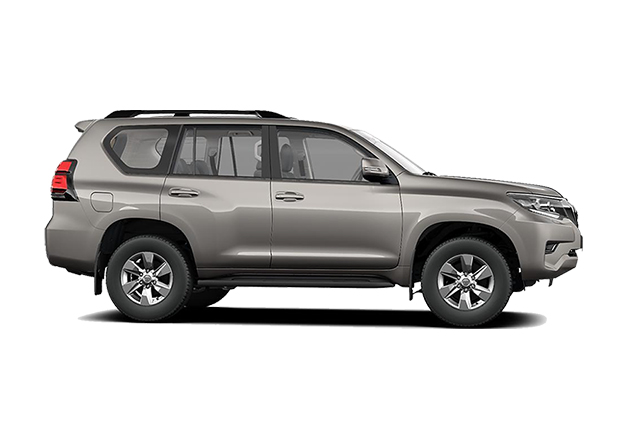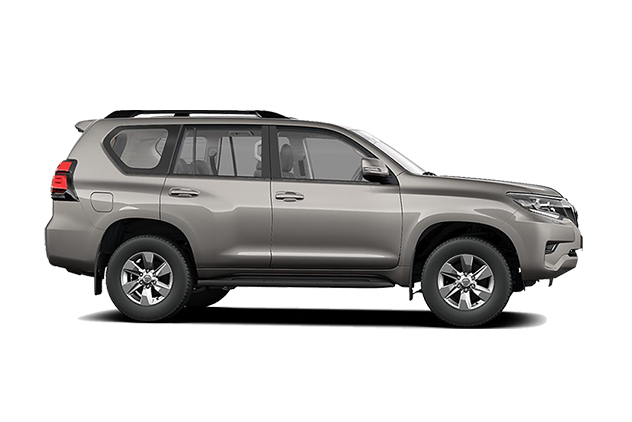Around the world, many different narratives have been created about Iceland. The country is associated with folklore, Vikings, volcanic activity, glaciers and the northern lights, but there is a lot of misleading information out there.
These misconceptions often shape how people imagine Iceland to be, from the landscapes to the people who live here. Understanding what is a myth and what is a reality provides travelers with a clearer picture of this incredible country.
Let’s look at some of the most common stereotypes about Iceland and the Icelandic people and separate fact from fiction.
Common Stereotypes About Icelanders
There are many different stereotypes that foreigners have about Iceland. Here are some of the most common ones:
Stereotype 1: Icelanders Are All Descendants of Vikings
It’s true that Iceland has strong Viking roots, but not everyone who lives here are descendants of Vikings. The country was established by Norse settlers in the 9th century, and Iceland’s culture is very much influenced by its Viking ancestry.
The sagas, epic tales of early Icelandic heroes, are the foundation of Icelandic literature and also a source of pride. That said, the modern population is much more diverse than its Viking descendants. The country has a highly progressive society that embraces different influences and ideas, making it one of the most inclusive countries in the world.
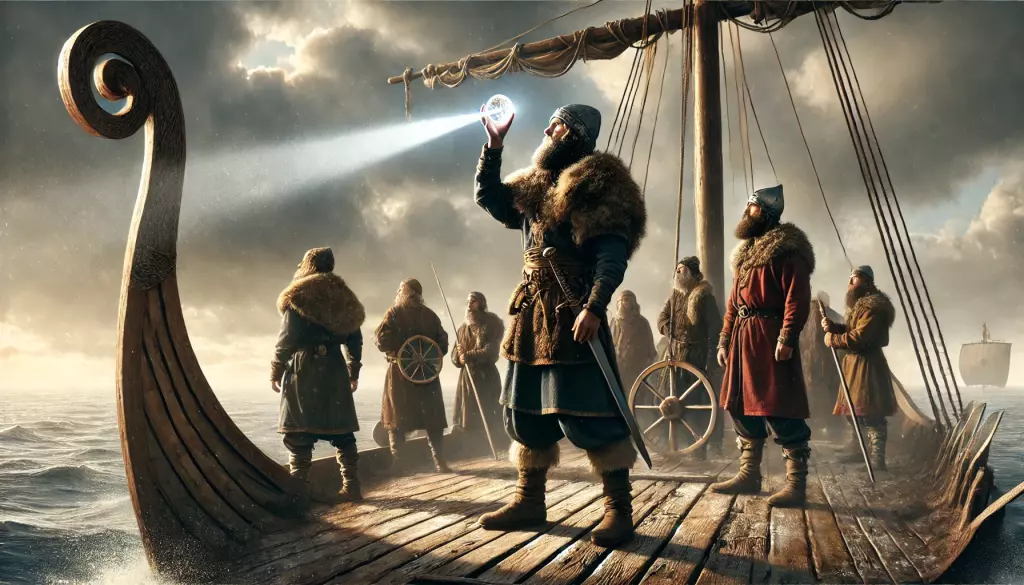

Stereotype 2: Everyone in Iceland is Blonde, Tall, and Beautiful
One of the most common stereotypes about Iceland is that everyone is blonde, tall and strikingly beautiful. While it’s true that many Icelanders have fairer features because of their Scandinavian background, the people are much more genetically diverse than this representation suggests.
The early settlers to the country included Norse people but also people from the British Isles and other parts of Europe, which contributes to a population with a variety of different appearances. You’ll find Icelanders with different hair colors, heights, and facial features.
Stereotype 3: Icelanders Believe in Elves, Trolls, and Hidden People
Icelandic folklore is rich with tales of elves (huldufólk) and trolls, and many visitors assume that all Icelanders believe these tales to be literal truths.
Although stories of hidden people and magical beings are a huge part of Icelandic culture and add a certain mystery to the country, they are mostly symbolic. Most Icelanders don’t actually believe that elves and trolls exist, but these legends reflect a respect for nature.
Folklore remains an important cultural aspect, giving people a way to honor and preserve their natural surroundings and heritage.
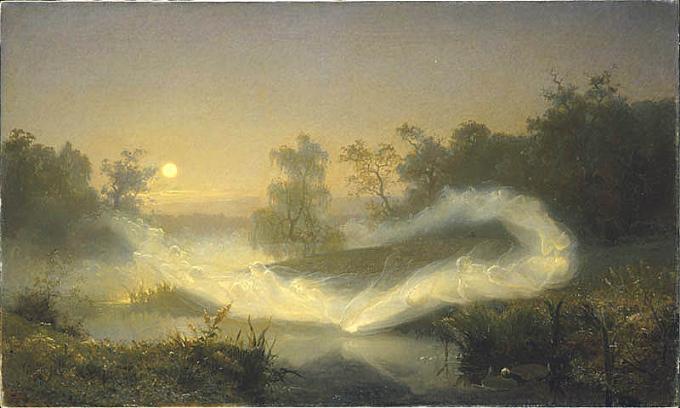
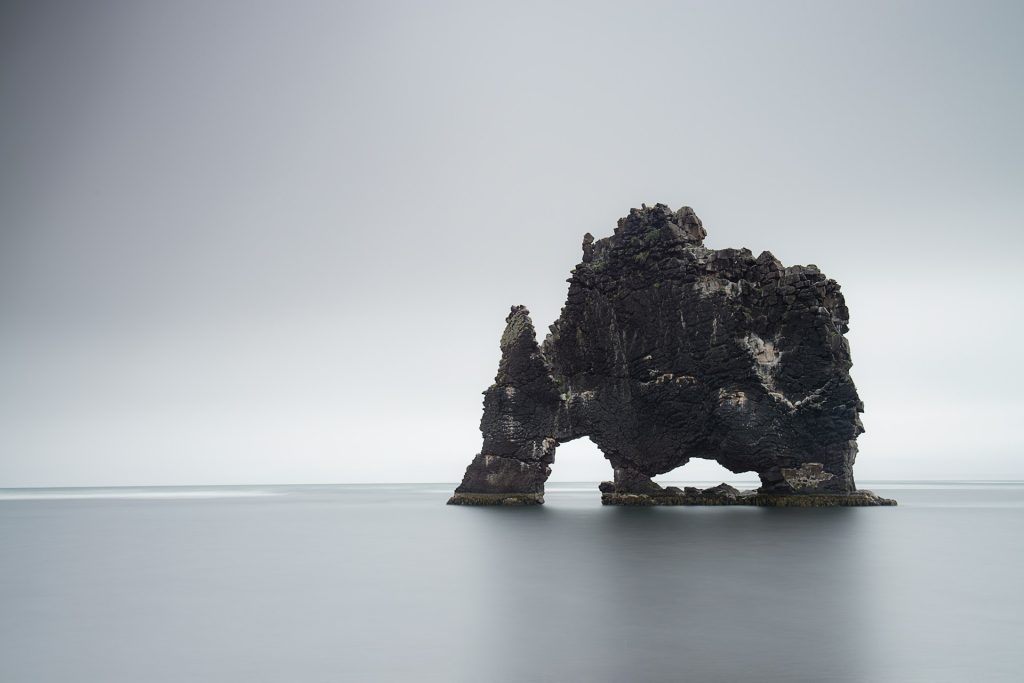
Stereotype 4: Iceland is Always Covered in Ice and Snow
The name “Iceland” can be a bit misleading in itself. Although the winter in Iceland brings snow, and glaciers cover parts of the country, the weather in Iceland is relatively mild because of the Gulf Stream. The landscapes actually change dramatically by season.
In the summer, you can expect lush, green fields, Iceland waterfalls and wildflowers. The country’s geography includes volcanoes, geothermal hot springs, and green valleys, making Iceland much more than just a winter wonderland.
This diversity extends to the wildlife, with puffins, whales, and Icelandic horses visible depending on the time of year. Fall brings a palette of deep reds and yellows to the mossy hills and birch forests, perfect for photography.
Even in spring, the melting snow feeds powerful rivers, creating spectacular conditions for waterfall viewing and white-water rafting. In all seasons, the long daylight hours or dark winter nights are perfect for experiencing the natural beauty, be it under the midnight sun or the northern lights.
Stereotype 5: The Northern Lights Are Visible Year-Round
The northern lights in Iceland are a major attraction for visitors coming to the country. But if you visit Iceland in the summer expecting to see them, you’ll likely be disappointed. The northern lights are not visible year-round in Iceland.
The long summer days, lit by the Iceland midnight sun, make it impossible to see the northern lights from May to August. The best time to see the natural wonder is between September and April when the nights are the longest. Clear skies and low light pollution are necessary, so the farther you are away from city lights, the better.
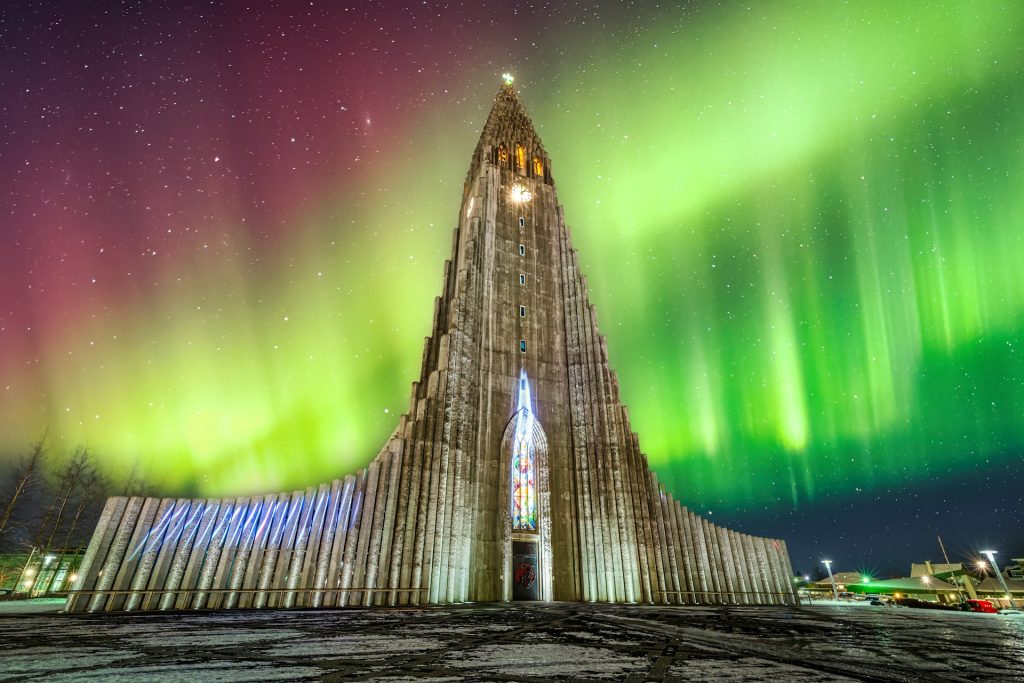
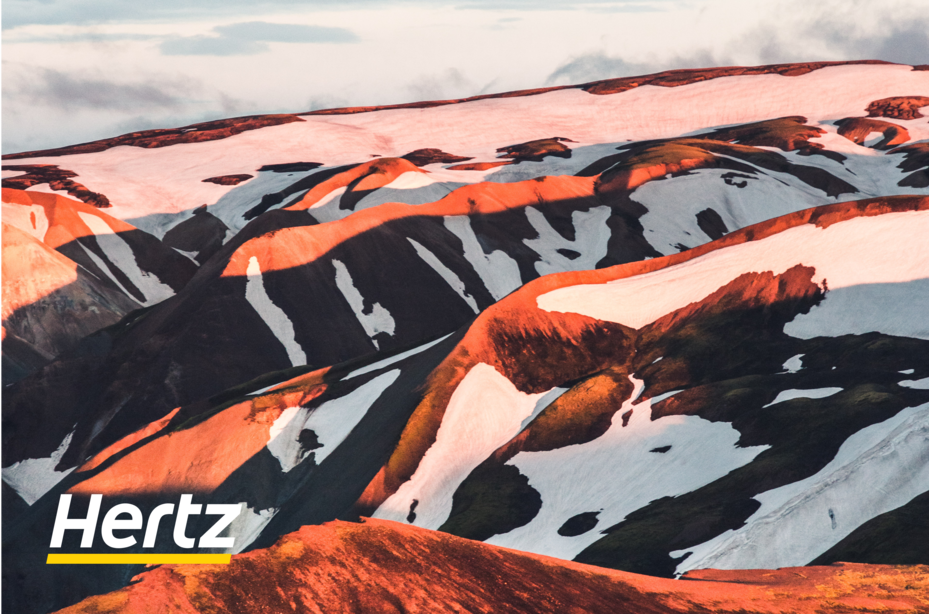
Stereotype 6: Iceland Has No Bugs
An interesting myth in Iceland is that Iceland has no insects, because there are no mosquitoes. It is true that you won’t have to deal with pesky mosquitoes on your visit, Iceland still has many other insects, including midges. Midges, especially near lakes and rivers in summer, can be a problem for travelers. So, while Iceland may be free from the itchy bites of mosquitoes, you should still be prepared for other insect life, especially if you’re exploring the countryside.
Stereotype 7: Icelanders Eat Only Fermented Shark and Whale Blubber
Icelandic food traditions include some interesting dishes, like hákarl (fermented shark) and whale blubber, which have sometimes intimidated travelers. But while these foods are still part of Iceland’s traditional heritage, they aren’t eaten regularly (if at all) and aren’t part of modern cuisine. Restaurants around the country serve a variety of different dishes that include a mix of international flavors and local ingredients. Fresh seafood, lamb, vegetables and dairy products are staples of contemporary dining in Iceland, with a variety of plant-based options available as well.
Stereotype 8: Icelanders Are Cold and Rude
Some travelers think that Icelanders come off as reserved and see their direct communication style as cold and unfriendly. The culture in Iceland values honesty and straightforwardness, which can be perceived as blunt. Although Icelanders may not be as expressive as people from other cultures, they are generally very warm, welcoming and helpful. The country’s emphasis on equality and respect is clear with how the locals interact with visitors, often going out of their way to help and share tips about things to do in Iceland.
This sense of equality extends strongly to gender relations. Iceland has been a leader in gender equality, frequently topping global rankings. Icelandic women are known for their strong sense of community and independence, contributing to the perception of Icelanders as reserved.
However, this also means that both men and women in Iceland are equally likely to offer assistance and engage openly with tourists. This aspect of Icelandic culture underscores a deep-seated respect for all individuals, regardless of gender, enhancing the warm and welcoming nature of the people once you get to know them.
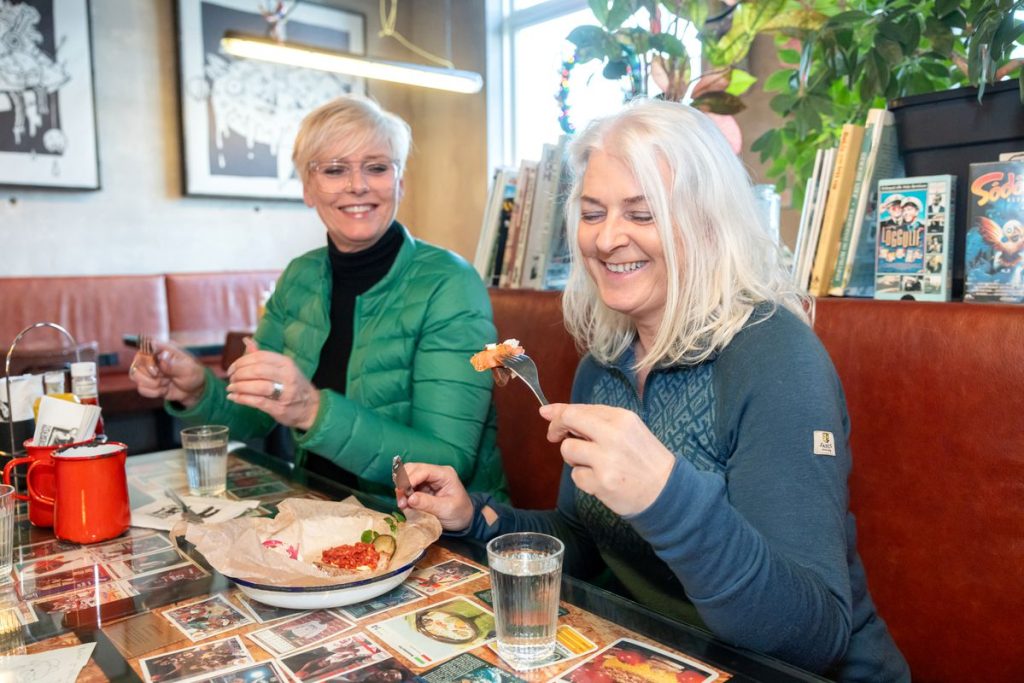
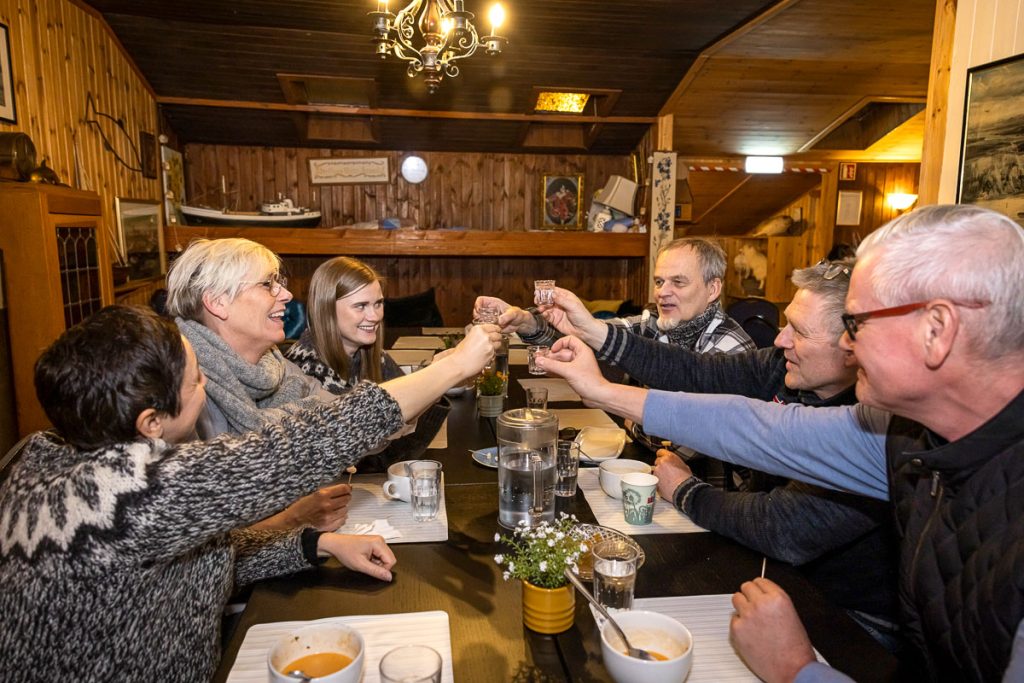
Breaking the Stereotypes: What to Expect When You Visit
Now that we’ve cleared up some common myths, let’s talk about what visitors can actually expect when they visit the country. Iceland is a country of vast, beautiful landscapes and unique cultural experiences.
On a trip to Iceland, travelers can see everything from powerful waterfalls, to geothermal spas and black sand beaches as they drive along scenic routes of Iceland’s Ring Road. There are many music festivals, cultural events and art exhibitions that visitors can take part in to experience the creativity and community spirit of the local people.
For more authentic experiences, visitors can explore the museums and cafes of the Iceland capital of Reykjavik, tour historical sites such as Thingvellir National Park (a UNESCO World Heritage site), and journey to more remote parts of the country in Iceland’s Westfjords or Highlands of Iceland. By embracing the welcoming but straightforward nature of the locals, you’ll gain deeper insights into Iceland’s unique way of life.
Renting a Car to Explore Iceland Your Way
For an authentic Iceland expression, renting a car is highly recommended. A rental car provides the flexibility to explore at your own pace, allowing you to discover hidden gems and less touristy areas. With Hertz Iceland, travelers can enjoy a reliable, comfortable way to navigate the country and experience its culture. Book a rental car online now to make the most of your journey in Iceland.
